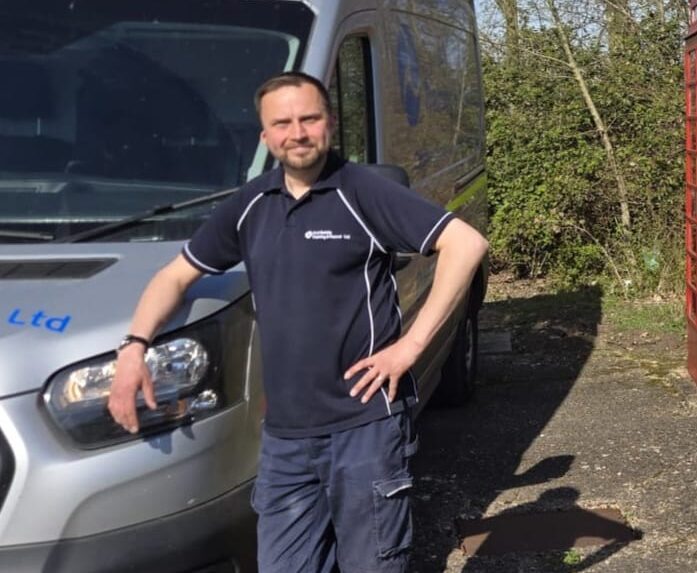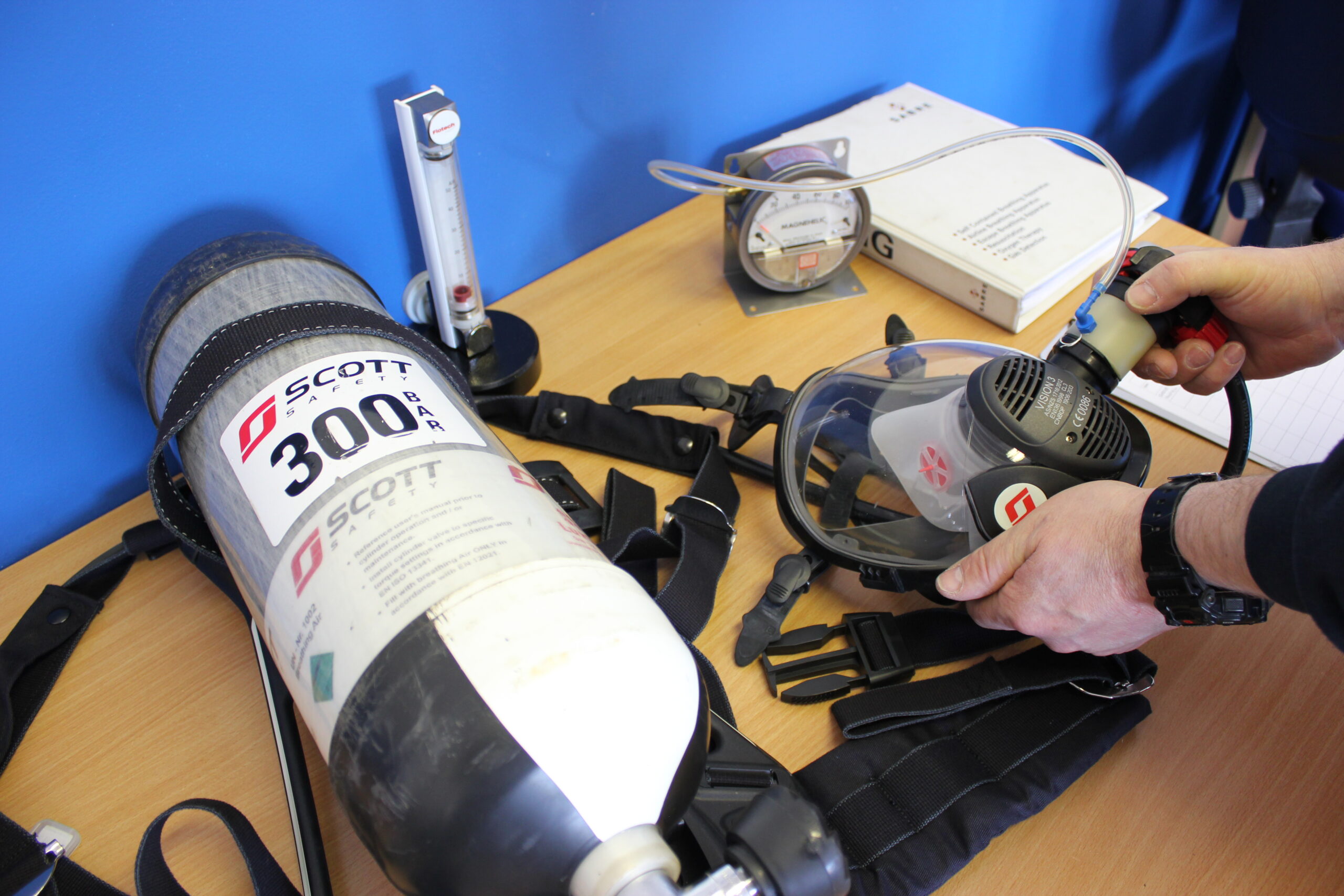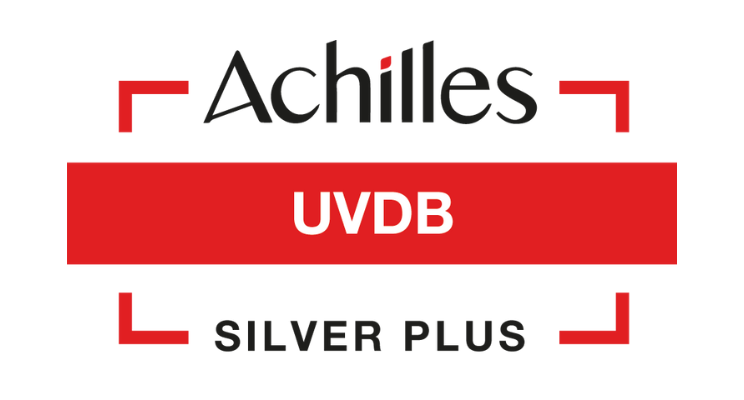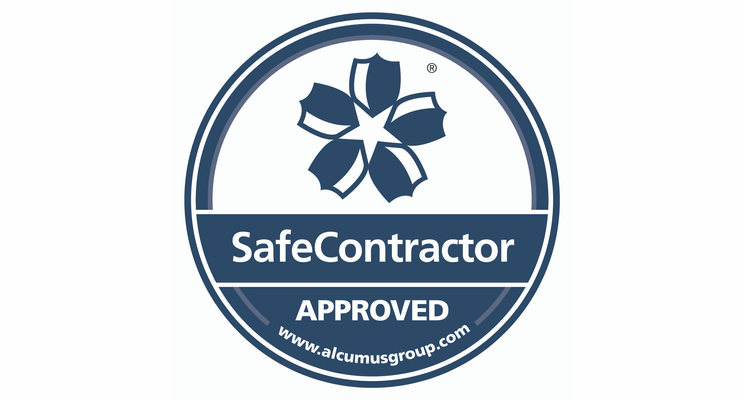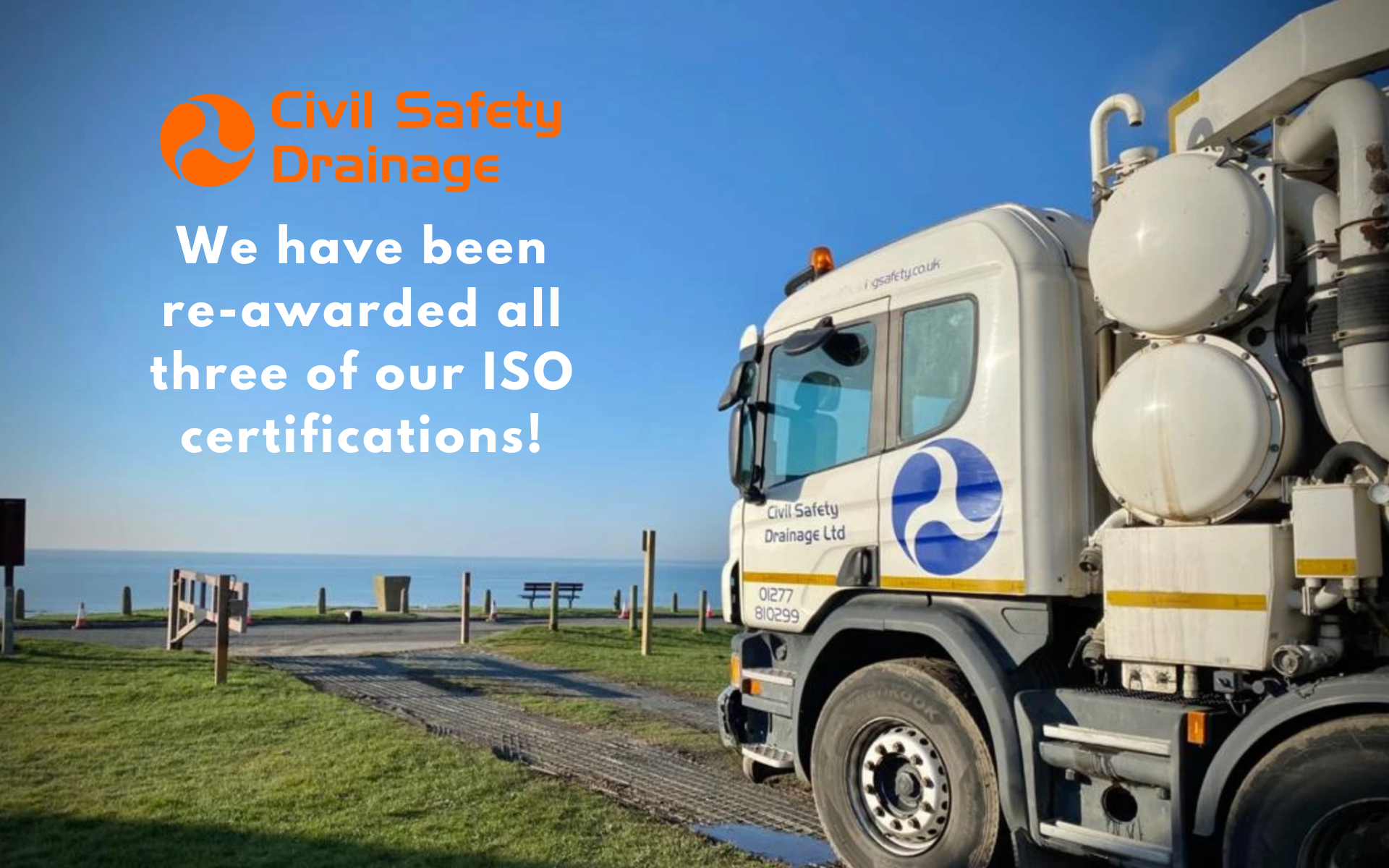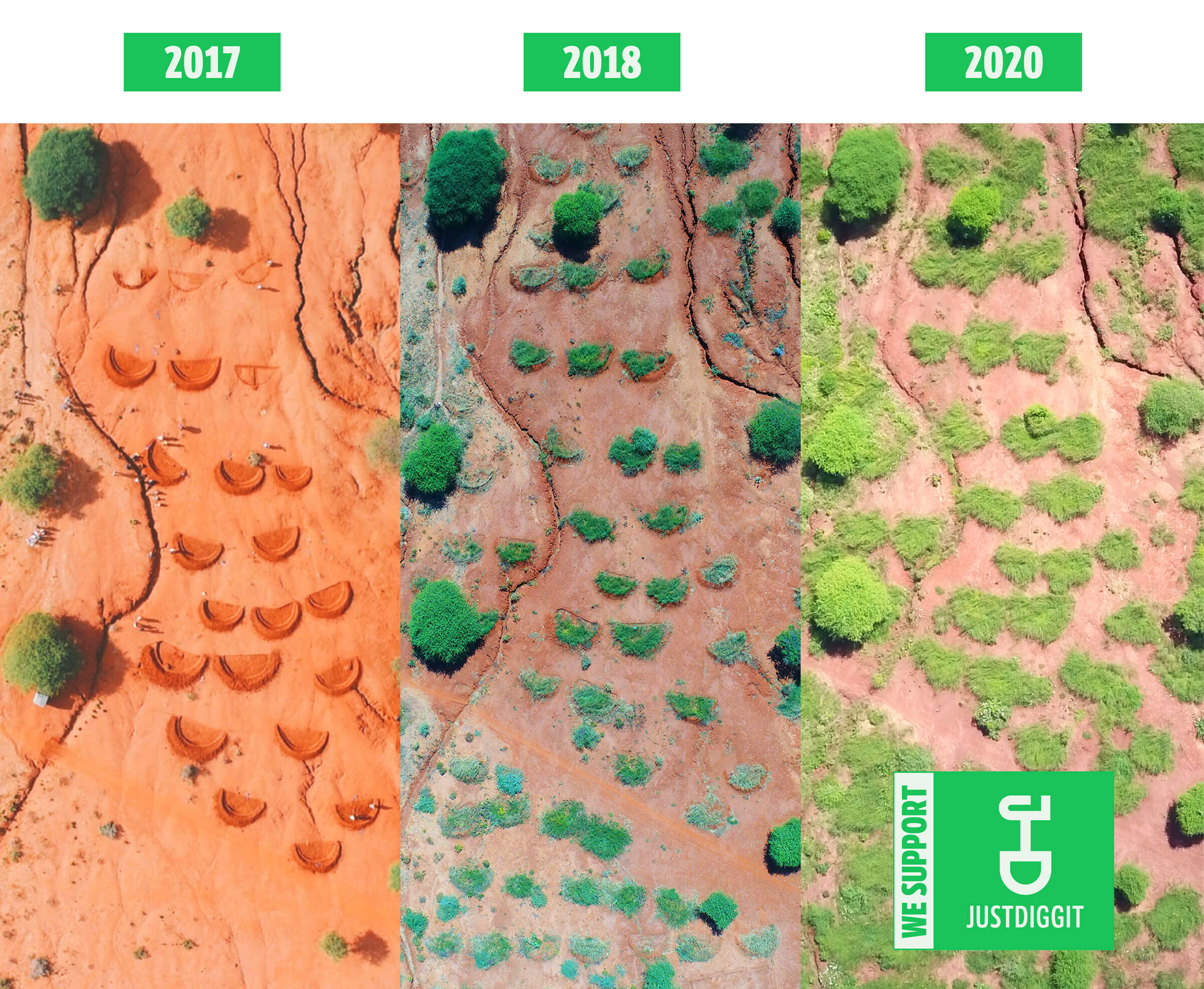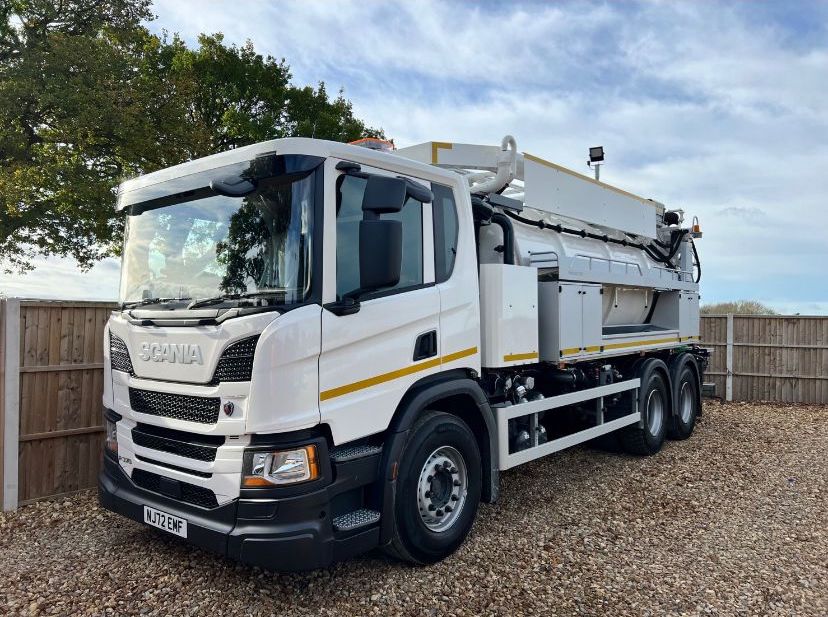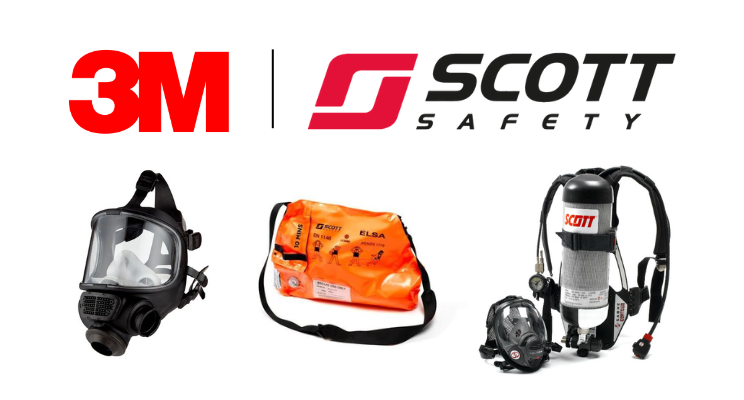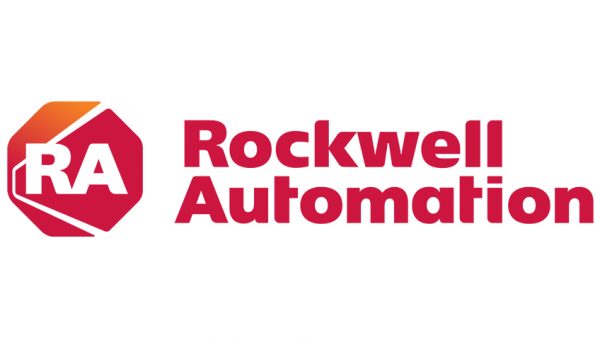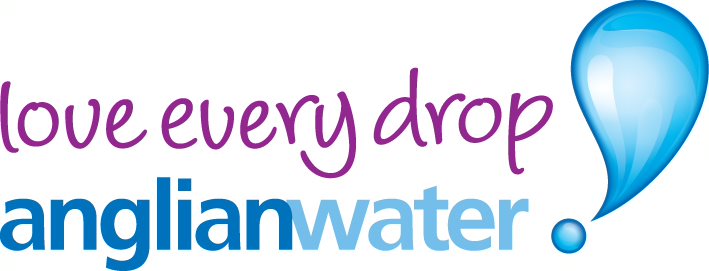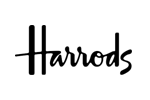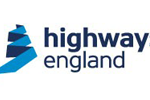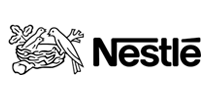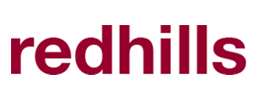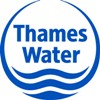Eye Safety: Threats And Protections
Eye safety is no small matter when it comes to workplace injuries. They’re all too common, particularly when most of them are preventable. As you would expect, the best way to protect your eyes at work is to wear the right protection. It seems simple but you’d be amazed at how many people either don’t wear protection or wear the wrong protection. In this blog we detail the main threats to eye safety and what protections are available.
Threats
The most common threats to workers’ eyes can be grouped into three main injury categories:
- Scraping or striking: The majority of eye injuries are caused when small particles or objects strike or scrape the eye. This could be from dust, metal, cement chips or wood chips, often ejected from tools, windblown or dropped from above.
- Thermal or chemical burns: Thermal burns are most common among welders and chemical burns can arise from industrial chemicals or cleaning products.
- Penetration: Objects like nails or slivers of wood or metal can penetrate the eye and result in significant damage or loss of vision.
Protections
To protect from these threats workers must wear protective eyewear or facewear such as goggles, face shields or safety glasses. The type of protection used depends on the work being carried out and the conditions in which it is being carried out. For example, while chemical splash goggles will suffice when working with hazardous chemicals, tasks such as welding require headgear with face protection and side shields to protect from sparks.
While this list is not exhaustive, here are some of the different types of eye protections and when they are generally used:
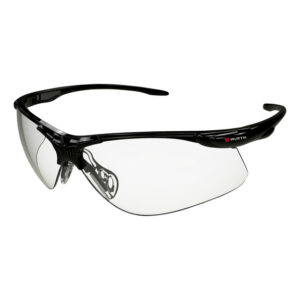 |
Safety Glasses: Safety glasses come in a wide variety of frames and styles to fit different size and shape faces. The lenses are usually made of toughened glass or polycarbonate and most manufacturers can supply subscription lenses. Typical activities where safety glasses are appropriate include the use of hand tools, handling compresses gas cylinders or using domestic cleaning products. When choosing safety glasses it is important to ensure that they fit properly, they should fit snugly while still being comfortable.
|
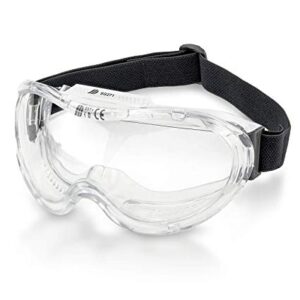 |
Goggles: Goggles are necessary during dusty operations such as sanding and give greater protection than safety glasses. They form a seal around the entire periphery of the eyes and the lenses are usually made of plastic or toughened glass. They are also prone to fogging up even if they have ventilation holes so anti-fogging solutions might be needed. |
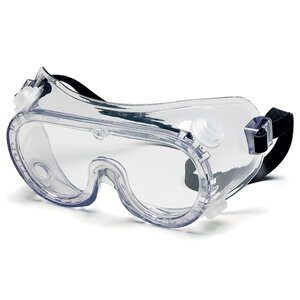 |
Splash Goggles: Splash goggles, with indirect ventilation on the sides, are necessary where there is danger of chemical splashes or dense particulate environments. |
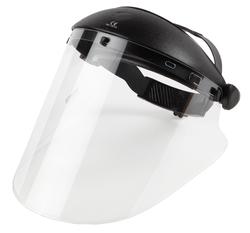 |
Face Shields: Face shields are necessary when there is a need for entire face protection. They are heavier and bulkier that other forms of PPE for eyes and are usually adjustable to the wearer. They’re suitable where there is UV light or very hazardous chemicals present a hazard to skin. They’re also necessary for activities like welding although there are additional requirements for welding safety – see welding box below. |
For contact lens wearers, there is a further danger that dust and other particles can get under the lens and cause damage so if wearing contact lenses on site you must ensure that you wear appropriate eye protection as well. Most suppliers also make safety glasses that can have a prescription included in them. But be mindful that prescription safety lenses with tempered glass or acrylic plastic lenses are not suitable for high-impact situations. In a high-impact situation they should be used in conjunction with goggles or a face shield – polycarbonate lenses are much more impact resistant than glass or plastic.
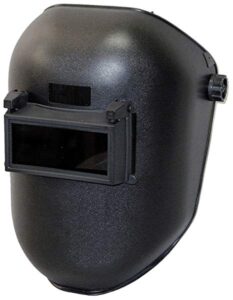 |
Welding
Welding is easily one of the most hazardous activities when it comes to keeping your eyes safe and basic safety glasses are not enough. Injuries can occur from intense light or radiation, or from debris that flies off the weld during cooling, chipping or grinding. Specific eye protection for welding must be used and should conform to the relevant British and European standards. There are standards covering impact resistance, auto darkening welding filters and fixed filters. |
As well as choosing the right type of eyewear for the job you must also make sure it conforms to UK and EU standards. Your chosen PPE supplier can help with this. By conforming to the necessary standards the eyewear should also be marked with a lens type, the symbol and properties of which are below:
| Symbol | Property |
| S | Increased robustness |
| F | Low energy impact |
| B | Medium energy impact |
| A | High energy impact |
| 9 | Non-adherence of molten metal and resistance to penetration of hot solids |
| K | Resistance to damage by fine particles |
| N | Non-fogging properties |
As an employer, you should ensure employees have all the correct equipment available as well as proper training of how to use it and when. You should also be aware of all the regulations regarding eye safety, like what constitutes proper eyewear and where to place your eyewash stations. It’s also important to speak to your workers to find out about their eye safety habits and if there are any reasons why they might not wear the proper equipment at all times. They might tell you that they find the equipment uncomfortable or that it makes the task more difficult by fogging up too easily. In discovering these barriers, you can then take action by providing an anti-fogging solution or comfort enhancing features such as gel nosepieces, lenses with adjustable angles, cushioned brows or padded nose bridges.
Civil Safety Training & Rescue
Civil Safety Training & Rescue supplies the latest high-quality safety equipment and is an authorised provider for on and off site servicing of safety equipment. Our experienced technicians are highly knowledgeable and receive regular training and certification by manufacturers to ensure the highest standard of workmanship and to be able to give the best advice.
Contact our Service, Sales & Hire team today: 01480 220613
